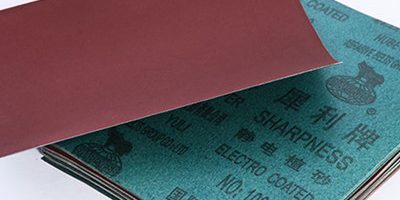In automotive repair and refinishing, the choice of sandpaper sheets can significantly impact the quality of the final result. Different tasks, from paint preparation to clear coat sanding, require specific sandpaper sheets. In this blog, we will guide you on how to choose the right sandpaper sheets for various automotive repair applications.
- Paint Removal: When removing old paint, rust, or surface imperfections, start with coarse-grit sandpaper sheets (e.g., 80 to 120 grit). These sheets are efficient at material removal.
- Bodywork and Dent Repair: For smoothing out dents and imperfections in metal surfaces, use medium-grit sandpaper sheets (e.g., 150 to 220 grit). These provide a balance between material removal and surface smoothing.
- Surface Blending: To blend new paint with the existing finish, transition from medium to fine-grit sandpaper sheets (e.g., 320 to 400 grit). These sheets help create a seamless transition.
- Clear Coat Sanding: Achieving a flawless clear coat finish requires very fine-grit sandpaper sheets (e.g., 600 to 2000 grit). These sheets are ideal for smoothing and polishing clear coats.
- Headlight Restoration: For restoring cloudy or scratched headlights, start with coarse-grit sandpaper sheets and gradually progress to finer grits for a polished finish.
- Final Polishing: To achieve a mirror-like shine on the automotive surface, use ultra-fine grit sandpaper sheets (above 2000 grit) in combination with polishing compounds.
- Wet vs. Dry Sanding: Some tasks may require wet sanding. Ensure you select sandpaper sheets designed for wet use if necessary.
- Backing Material: Consider the backing material of the sandpaper sheets. Some are designed for hand sanding, while others work better with power sanders.
By choosing the right sandpaper sheets for each stage of your automotive repair project, you can achieve professional-quality results and ensure a smooth and polished finish. Remember to take the material, task, and desired outcome into account when selecting your sandpaper sheets.










